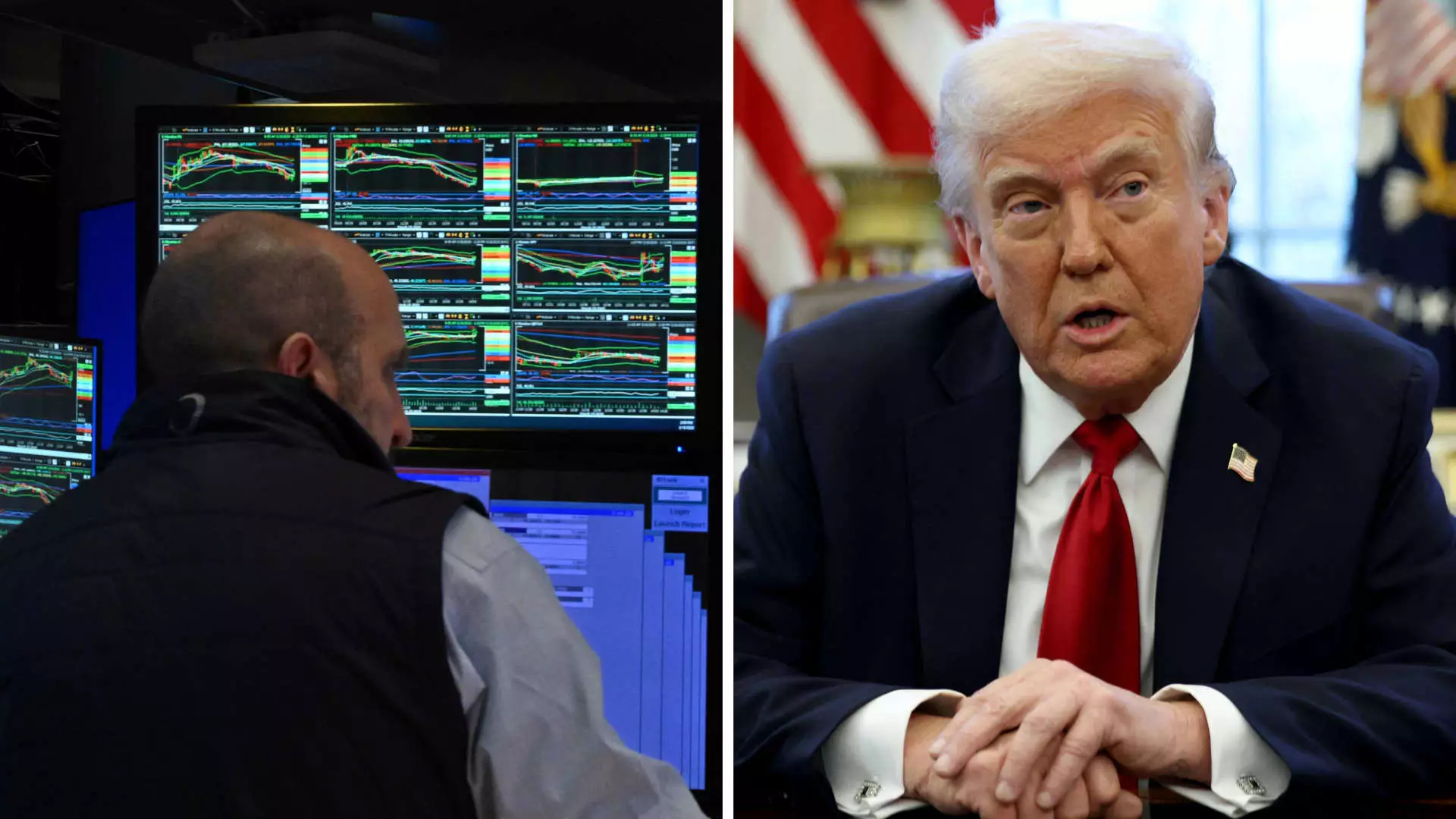The current landscape of financial markets is fraught with anxiety—an unease that has been accentuated by looming tariff deadlines and broader economic uncertainties. Yet, a different outlook is emerging from industry analysts such as Julian Emanuel of Evercore ISI, who argues that this gloom is not only premature but also potentially damaging for investors. Rather than succumbing to despair, Emanuel encourages investors to recognize the cyclical nature of the market and the opportunity hidden within the shadows of pessimism. This idea of resilience amidst market turbulence is crucial as it acknowledges that periods of uncertainty can often serve as the breeding ground for future growth.
A Paradox of Fear and Opportunity
Emanuel’s comparison of the current market sentiment to the tumult that followed the collapse of Silicon Valley Bank in March 2023 encapsulates a larger trend: the market often reacts with amplified fear even before tangible problems emerge. With the S&P 500 and Nasdaq experiencing their worst quarterly performances since 2022, fear has gripped Wall Street like an unyielding fog. Yet, this environment provides fertile ground for those willing to look beyond immediate woes. Emanuel identifies sectors previously deemed as ‘losers,’ such as technology and communication services, as ripe for recovery. This counterintuitive perspective argues that what may be perceived as downturns are, in fact, strategic buying opportunities for long-term investors.
The Power of Corporate Action
Moreover, the possibility of stock buybacks among companies presents a compelling variable in the market equation. When corporations prioritize returning value to shareholders, it naturally fosters a healthier sentiment among investors. Such actions can act as practical antidotes to bearish phases, stimulating price appreciation. Emanuel’s assertion that stock buybacks could stabilize and even uplift stock prices amid a turbulent backdrop brings to light a critical aspect of corporate governance. This dynamic reinforces the interdependence between corporate strategies and overall market health, suggesting that proactive measures can reverse negative trajectories.
A Shifting Focus: From Safety to Growth
Interestingly, while sectors like consumer staples and healthcare have shown resilience—gaining 6% and 5% respectively—Emanuel warns against anchoring investments in these defensive plays. His advice to shift focus back to growth-oriented sectors underscores a philosophical divide in investment strategies. While defensive sectors may provide short-term stability, they often undermine the potential for significant gains. This dichotomy reflects a broader conversation about the balance between safety and growth in investment portfolios, encouraging a recalibration of strategies aligned with market cycles.
Unveiling Future Potential
Emanuel’s ambitious year-end target of 6,800 for the S&P 500 symbolizes an unwavering belief in a market correction that positions recovery firmly within reach. It is a call to action for investors to recalibrate their strategies, moving away from fear-induced paralysis toward a more optimistic framework. The essence of his argument hinges on the belief that the future is inherently unpredictable; thus, investing requires fortitude coupled with foresight. Ultimately, it challenges the narrative of despair and encourages a resilient approach, where market participants actively cultivate opportunities amidst challenges.

